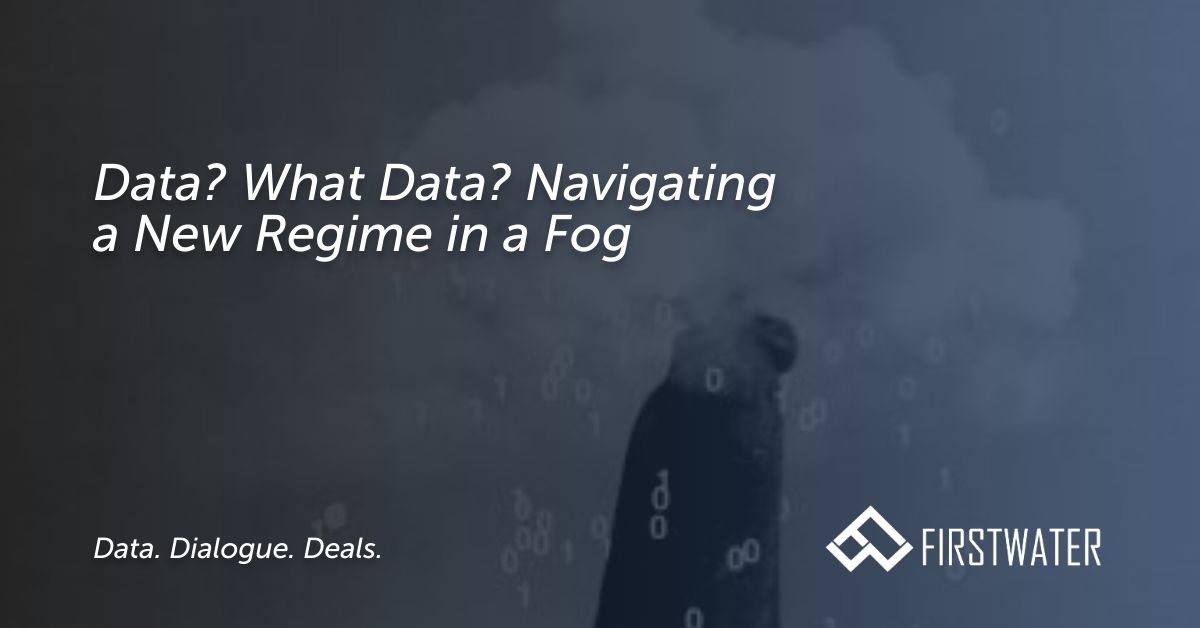Stepping into a new CFO role evokes a mix of excitement and trepidation. On the latter, much of the concern comes from what you weren’t able to assess or may have been characterized in a ‘different light’ during the recruiting process. Many CFOs will tell you, often with a chuckle, about what they were told vs. what they found after getting under the hood!
The quality of available data is one of the common challenges. CFOs are flying blind when data cannot be relied upon, or simply doesn’t exist. This becomes an immediate priority, and yet represents change that may not be universally welcomed across the organization. So, how do they tackle these challenges? Between conversations with CFOs and messy data situations in our partner companies, we’ve assembled a game plan.
Community Insights: Getting Down to the Nitty Gritty
We caught up with a new CFO of a software solutions firm whose work was cut out for him from Day 1. As is often the case, the current state of the business’ data was much worse than he anticipated. Substantial clean-up efforts were required before he could trust the data for analysis and decision-making. He was left with no option but to get granular.
- Revisit Every Accounting Process: To orient himself, he went through every accounting process start to finish. In addition to building a knowledge base, he identified multiple inefficiencies and areas for improvement. While one might prefer not to go this far down the rabbit hole from the CFO seat, few exercises help you get a better idea of how data is created and moves around the organization.
- Implement Zero-Based Budgeting: Recognizing the need for a fresh start, the CFO embraced zero-based budgeting as a tool for gaining visibility and aligning financial accountability across team members. This meant going through every single expense and project with a magnifying glass, investing substantial time with many stakeholders.
- Temporarily Turn Off Stakeholder Reporting: In a bold move, he temporarily suspended certain stakeholder reporting processes to focus on getting the data right. While this decision faced significant push back from the rest of the management team and investors, he needed every minute he could get for him and his team to set the new foundation.
Long story short, he got there, even if he emerged a bit disheveled!
First Water Applications: Additional Strategies for Dealing with Missing or Unreliable Data
Navigating through process teardowns and granular walkthroughs, while painful, presents an opportunity to lay the groundwork for the FP&A roadmap. Establishing central sources of truth and prioritizing data that will feed multiple processes provides a strong foundation to build upon. Our process includes the following:
- Assess Data Capture for Targeted Granularity (and Integrity): The CFO is responsible for all reporting and forecasting, so when you’re down in the weeds, are you capturing what you truly need? Teardowns and detailed reviews are the best place to think toward future state. Change management on data entry and management is easier when it comes alongside other changes, as opposed to hitting the team in phases.
- Create Central Sources of Truth (CSTs):When rethinking or rebuilding processes, CSTs are foundational to anything related to FP&A. Invest the time in figuring out what is needed from datasets that will be used across stakeholder reporting and forecasting components. Core mapping and template creation will save significant time in recurring processes going forward.
- Call Up Mr. Pareto: Quick wins are valuable, as is the focus on materiality. There is a tendency to go too deep (i.e., 100%) on cleaning up historical data, relative to the ROI provided. Particularly in instances where you have gaps in stakeholder reporting, getting through a first pass to get information flow live gets the dialogue going, and builds credibility for you and your team. In this case, accuracy trumps completeness, and you can embrace the ‘All Other’ category with the option to continue mining later.
When data can’t be trusted, ripping the band-aid off the current cadence to invest that processing/meeting time in stand-up or improvements is often the fastest path to the future (better!) state. We see this often following a private equity transaction where we’ve been engaged to stand-up the FP&A function.
Generally speaking, we take a “bookend” approach to building visibility. This means we focus on accuracy of the aggregate first (try telling your lender you aren’t sure what EBITDA is), and then we start teardowns in the areas that are agreed upon as highest priority. Process mapping, accounting change management, data extract-transform-load (ETL) processes, and materiality considerations unearth the data and processes that can be relied upon and also matter to stakeholders. There is only one way to eat an elephant, though it does help to first know it is actually an elephant!
Takeaways
“Starting from the bottom” is often the only way new CFOs can orient during periods of significant clean up, with process teardowns and zero-based budgeting as go-to tools. Given this daunting task, CFOs can leverage the opportunity to set the foundation for multiple roadmaps, including the FP&A function. This lightens the future load on the CFO and sets the team and organization on the path to success.
Stakeholder communication from the CFO is also imperative during a substantial process and/or team overhaul, with a focus on project plan visibility and ROI (financial or otherwise) that will be reaped for the time and resources invested. By confronting the challenges head-on and with intentionality, CFOs can steer their organizations toward a data-sound future that empowers teams for analysis and confident decision-making.
————–
First Water Finance (FWF) is a finance solutions platform supporting finance leaders, business owners, and capital partners through FP&A, Corporate Finance, and Community. FWF has supported over 100 management teams and sponsors, concentrated in emerging and mid-market enterprises, professionalizing and accelerating the finance function in pursuit of growth, acquisition, and/or sale objectives.


